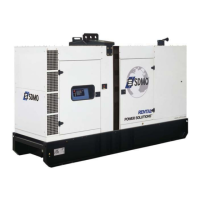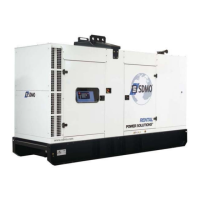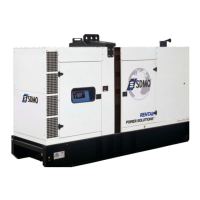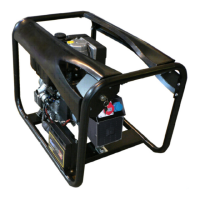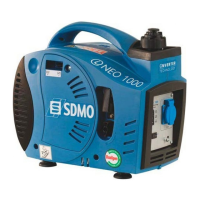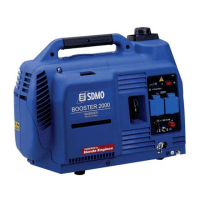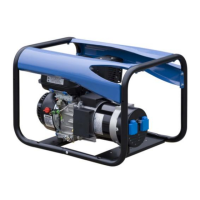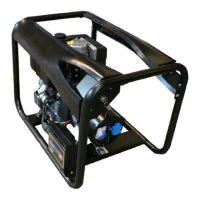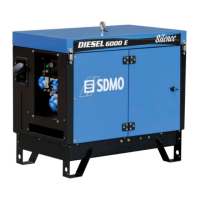6.3.4.4. Engine fault codes display
Certain alarms and engine faults generate specific fault codes. These codes are standardised according to the J1939 and/or J1587
standards.
Terminology used by the SAE CAN J1939 standard
SPN: Suspect Parameter
Number
This represents the system or component at fault, for example: SPN 100,
indicates an oil pressure problem or a problem with the oil pressure sensor.
FMI: Failure Mode identifier
This represents the type of fault that has occurred. This may be an electrical,
mechanical or equipment fault.
Terminology used by VOLVO
SID: System Identifier
This term, used in the J1587 standard, has an equivalent in the J1939 standard
(SPN).
However, this term corresponds, more particularly, to an assembly of
components, for example, the injection system.
PID: Parameter Identifier
This term, used in the J1587 standard, has an equivalent in the J1939 standard
(SPN).
However, this term corresponds, more particularly, to a specific component, for
example, a sensor.
PPID: Parameter Identifier
This term, used in the J1587 standard, has an equivalent in the J1939 standard
(SPN).
PPID corresponds to PID, but is only used by VOLVO.
FMI: Failure Mode identifier
This represents the type of fault that has occurred. This may be an electrical,
mechanical or equipment fault. VOLVO uses a SID-FMI or PID-FMI or PPID-FMI
combination.
Terminology used by JOHN DEERE
SPN: Suspect Parameter
Number
This represents the system or component at fault, for example: SPN 100,
indicates an oil pressure problem or a problem with the oil pressure sensor.
FMI: Failure Mode identifier
This represents the type of fault that has occurred. This may be an electrical,
mechanical or equipment fault.
